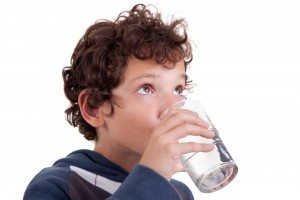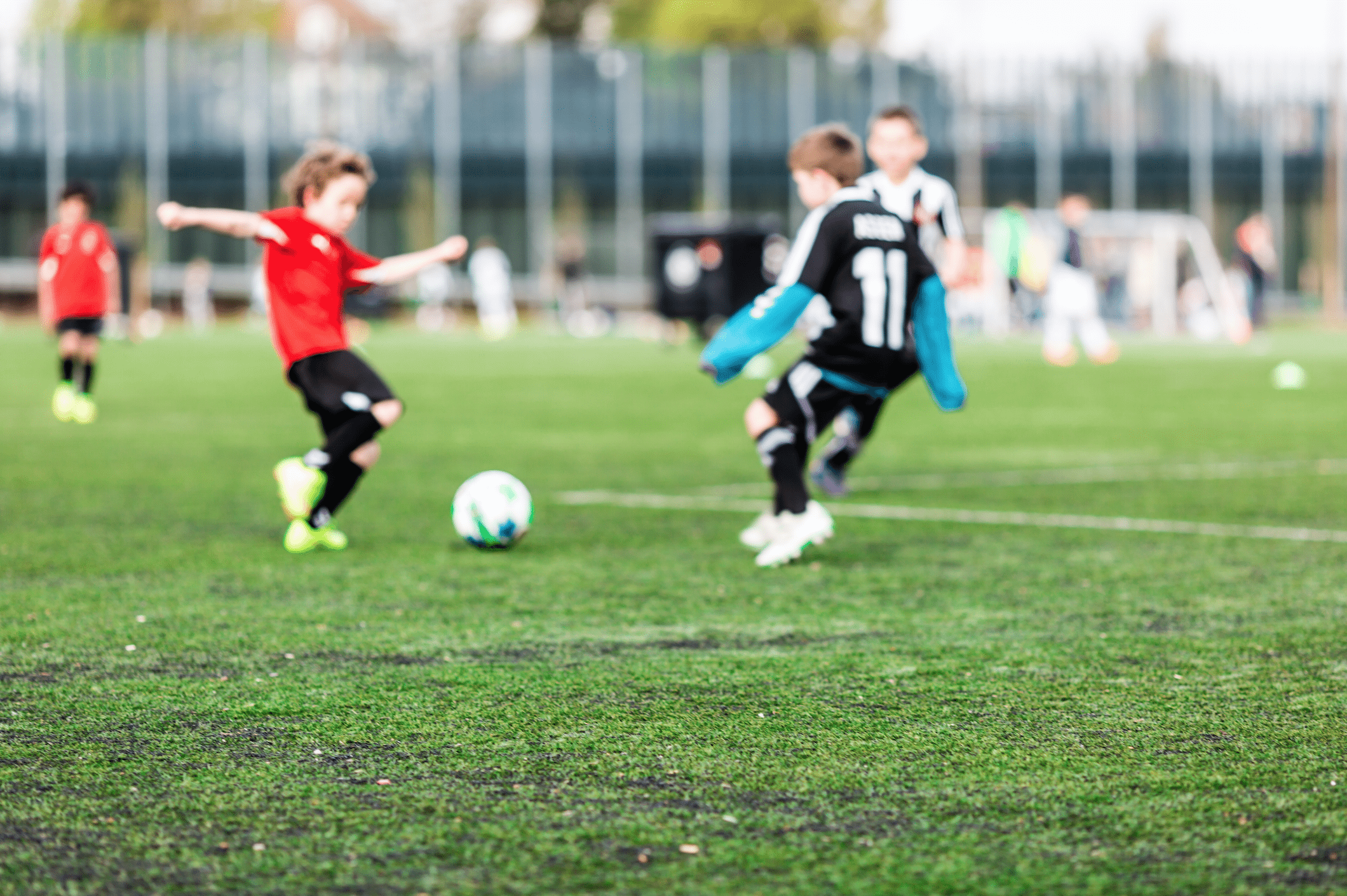By Megan Boyle, Editorial Director, Healthy Child Healthy World
Reproduced with the permission of the Environmental Working Group, www.healthychild.org.
When choosing the right school for their children, many parents ask about topics like class size, community, learning objectives and schedule.
But what about everyday exposure to chemicals?
Next to the home, children spend more time in school than anywhere else.
While parents make important choices to protect their children from toxic chemicals in their houses, at school, many of these factors are off a family’s radar.
So how can parents keep their kids safe? Start by learning more about their school environment.
Here are five questions to ask your child’s school:
- What year was the school built?
Old buildings may contain toxic construction materials such as lead or asbestos.
Prior to the lead paint ban in 1978, builders covered both building interiors and exteriors with it. This old paint remains in many places today, and crumbling or peeling surfaces continue to be a main source of toxic lead exposure for children.
Another building danger is asbestos. A recent story by the Washington Post revealed that exposure to this hazardous substance persists at schools across the United States. Although builders used asbestos mostly between the 1940s and the late 1970s, it is still legal today and in more places than you think.
Schools are required by law to track asbestos hazards and disclose their management plans to parents. So ask your school about its plan to manage asbestos and any upcoming renovations.
- What’s in your drinking water?
Children visit school water fountains throughout the day. But does this tap water contain harmful contaminants like lead, perchlorate or atrazine?
Possibly. Public drinking water utilities test water regularly for harmful contaminants, so ask your school about which utility serves the school and check its tests results. Many utilities post this information online. (If you live nearby, the results may be the same for your own household.)
Many schools are rightfully encouraging kids to bring water bottles instead of juice boxes or wasteful bottled water. Ask whether students have access to filtered water, and check your school’s classroom bottle policy if you want to send your child to school with filtered water from home.
- What products do the school cleaners use?
The janitorial service may bring countless chemicals into school every time it cleans, leaving chemical residues on the desktops, chairs and doorknobs your children touch regularly.
Even well-intentioned practices, like using or distributing disinfecting wipes, can lead to unnecessary chemical exposure. Ask your school about the products being used, by whom and how often, and check the ingredients using EWG’s Guide to Healthy Cleaning.
Inquire about equipment as well: do the vacuums have a high-efficiency particulate air (HEPA) filter installed? (They should.)
If the answers may put your child at risk, talk to school administrators about safer options and what it takes to swap. There are good options on the market that limit chemical use and meet the needs of tight budgets.
- Where is the nearest cornfield?
The popularity of GMO corn and soybean crops has led to a sharp increase in the use of herbicides such as toxic glyphosate. A recent report by EWG shows that more than 3,000 elementary schools nationwide are located within 1,000 feet of a corn or soybean field. (And it’s not just schools. Nearly 12,000 churches are within this distance from glyphosate-sprayed fields, as well as more than 90 percent of playing fields and parks in a six-state sample.)
If your school is within a worrisome proximity of a corn field, other agricultural field or industrial facility, ask what school personnel are doing to help reduce student exposure to agricultural pesticides. Are janitors conducting more surface cleaning? Has the school set up hand-washing stations?
And join the movement to support GMO labeling. Urge your senator—and fellow parents—to oppose what we call the Deny Americans the Right to Know (DARK) Act when it comes on the U.S. Senate floor.
- How sunny is your playground?
The best ways to protect your kids from harmful sun damage are to cover up, stay in the shade, and use a safe and effective sunscreen. But your child’s school may have policies such as prohibiting hats and sunglasses or treating sunscreen as a medicine.
Ask about these policies, if shade is available on the playground, and what times of day outdoor play is scheduled. When your school administrators know what’s important to your family and why, they are more likely to work with you on anything that goes against policy—or change it.
Parents, remember: Schools have your child’s best interest at heart and are subject to strict regulations besides.
You may be pleased with the answers you hear. If not, knowledge is the first step towards making a difference for your child. You are your child’s best advocate.

















